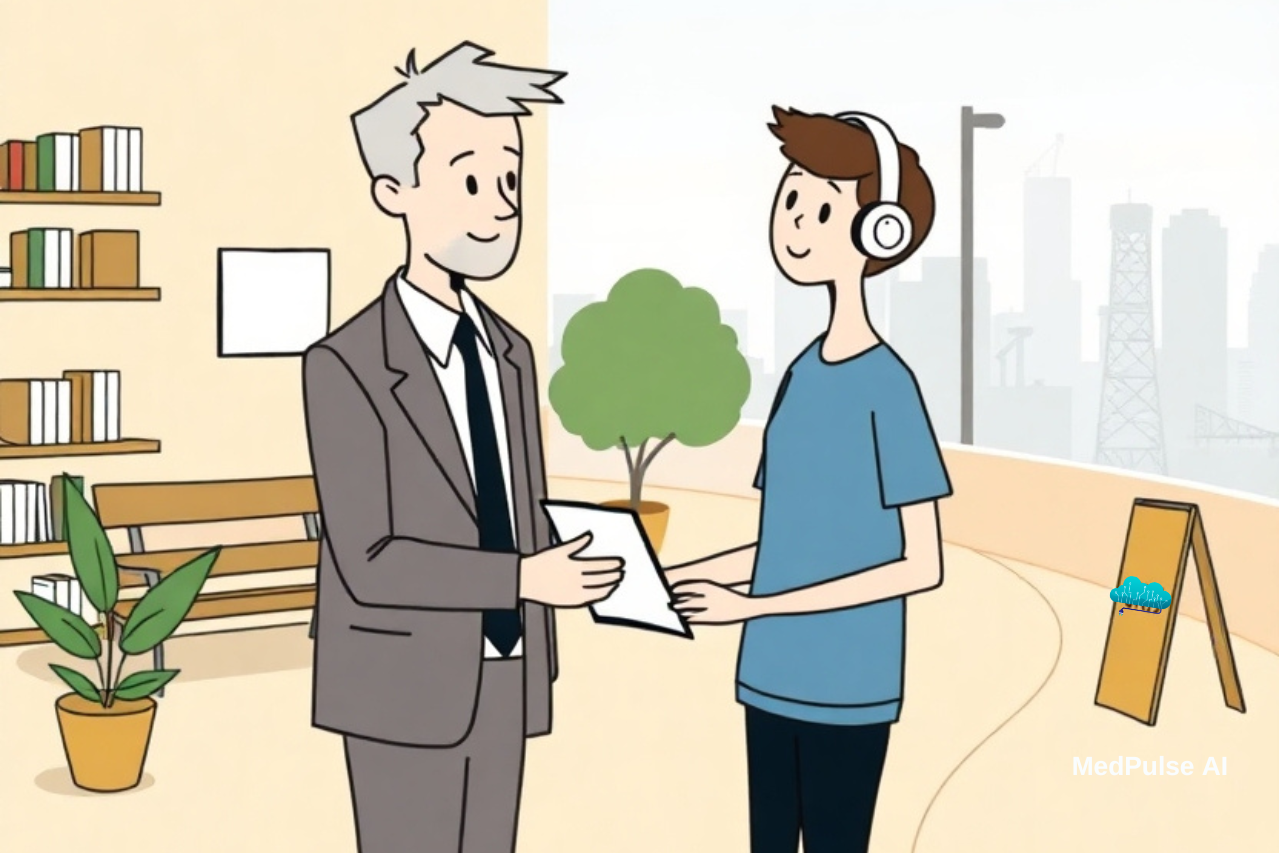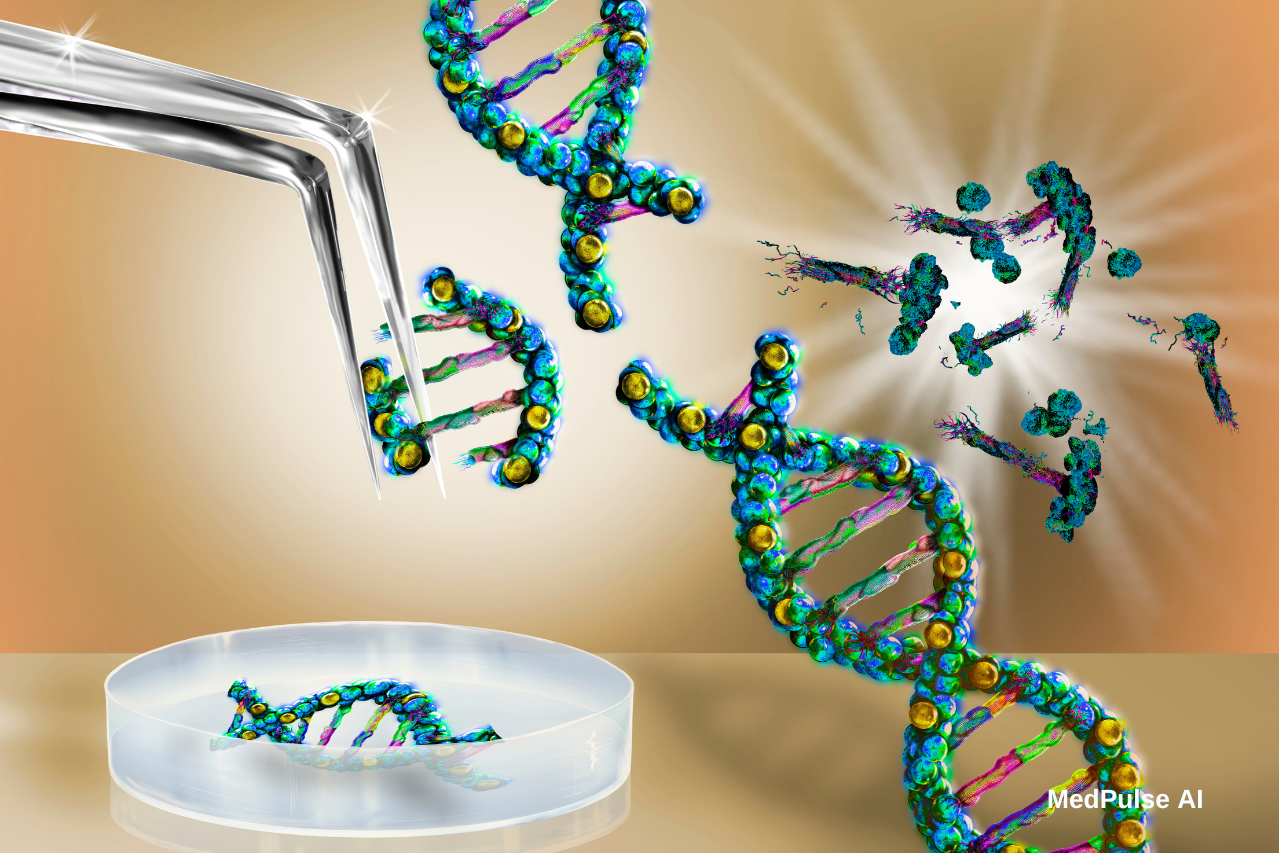When Experience Retires, What Remains?
In nearly every profession, there exists a version of the moment: a new hire shadowing a seasoned colleague, watching them navigate a tricky situation, overhearing a well-placed phone call, or catching an offhand tip that never made it into the training manual. These moments—informal, unstructured, deeply human—are how wisdom is passed down.
But what happens when the mentors are gone?
As industries confront a wave of retirements, from healthcare to manufacturing, education to engineering, many organizations are realizing that the most valuable knowledge isn’t stored in files or databases—it lives in people. And unless we act intentionally, that knowledge could disappear with them.
The Hidden Curriculum
Every field has a “hidden curriculum.” It’s the collection of unwritten rules, experiential insights, shortcuts, social cues, and intuitive decisions that professionals learn through years of doing—not just studying.
In hospitals, it’s the nurse who knows which surgeon prefers which instruments. In schools, it’s the teacher who senses when a student is about to disengage. In trades, it’s the mechanic who hears an engine and knows instinctively what’s wrong. In tech, it’s the engineer who’s seen a failure mode once and knows how to prevent it again.
These insights rarely make it into manuals. They are passed through proximity, repetition, and informal conversation. And as senior workers retire—often earlier than expected due to burnout, stress, or restructuring—those informal channels risk being severed.
Mentorship Is More Than Management
Organizations often confuse mentorship with supervision. But mentorship is more nuanced. It’s:
- A late-afternoon conversation that reframes a problem.
- A shared glance during a high-pressure moment that teaches calm.
- A story told over coffee that instills ethics or courage.
Mentorship teaches not just what to do, but how to be.
When experienced professionals leave without transferring that knowledge, new employees are left to reinvent the wheel—or worse, make preventable mistakes. This loss isn’t always immediately visible. But over time, its impact compounds: decision quality drops, culture erodes, innovation slows.
Can AI Capture Human Wisdom?
As AI systems become more sophisticated, there’s growing interest in using them to document and replicate expert knowledge. Tools like large language models, digital twins, and decision-support algorithms are being trained to capture best practices.
Some organizations are even exploring “knowledge harvesting,” where retiring employees record workflows, narrate decisions, or interact with AI platforms that attempt to extract usable insights.
But here’s the tension: wisdom is context-rich, emotion-aware, and shaped by values. AI can replicate the “what,” but often struggles with the “why.” It can document processes, but it can’t recreate the decades of pattern recognition, failure, and growth that shape human judgment.
Bridging the Gap Before It’s Too Late
If we’re serious about preserving mentorship and informal knowledge, we need a multi-pronged approach:
- Structured Knowledge Transfer Programs: Encourage retiring employees to formally mentor successors—through shadowing, case reviews, or co-working time.
- Legacy Interviews: Record long-form interviews with senior professionals, focusing not just on tasks, but turning points, failures, and lessons learned.
- Intergenerational Collaboration Spaces: Create overlap between outgoing and incoming professionals. Don’t rush handovers—create space for relationships.
- Cultural Preservation: Recognize that culture lives in stories, habits, and relationships. Capture and honor them alongside performance metrics.
- AI as a Tool, Not a Crutch: Use AI to support documentation and training—but ensure humans still lead the conversation around ethics, priorities, and problem-solving.
A Real-World Warning Sign
In the aviation industry, the rise of automation in cockpits led to incredible gains in safety and efficiency. But as older pilots retired, concerns emerged: were newer pilots becoming too dependent on autopilot? When rare emergencies arose, did they have the instinct and experience to respond?
A similar dynamic is now playing out in healthcare, energy, and emergency response. Automation boosts performance—until something unexpected happens. Then, experience is irreplaceable.
Wisdom as Infrastructure
Organizations spend millions maintaining physical infrastructure—buildings, systems, machines. But how much do they invest in intellectual and emotional infrastructure?
Wisdom isn’t an add-on. It’s the glue that holds high-functioning teams together. It’s what helps people navigate gray areas, anticipate risks, and recover from failure.
If we let it walk out the door unchecked, we’re not just losing people. We’re losing capacity.
The Last Day, and What Comes After
There’s a moment, quiet and often unnoticed, when a long-serving professional walks out of the building for the last time. Maybe there’s cake. Maybe there’s a plaque. But what remains?
If we’ve done the work—if we’ve captured their insights, connected them with the next generation, and designed systems that honor their knowledge—then something precious remains.
If not, we’ve let more than a person go. We’ve let their wisdom vanish, too.




